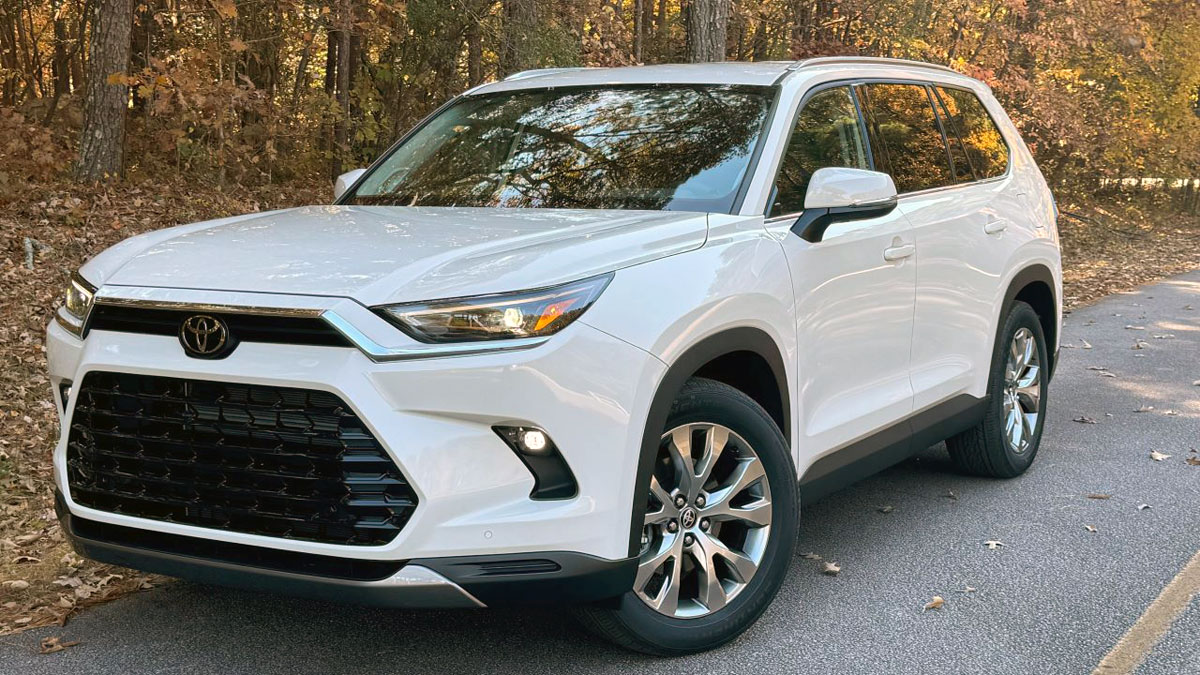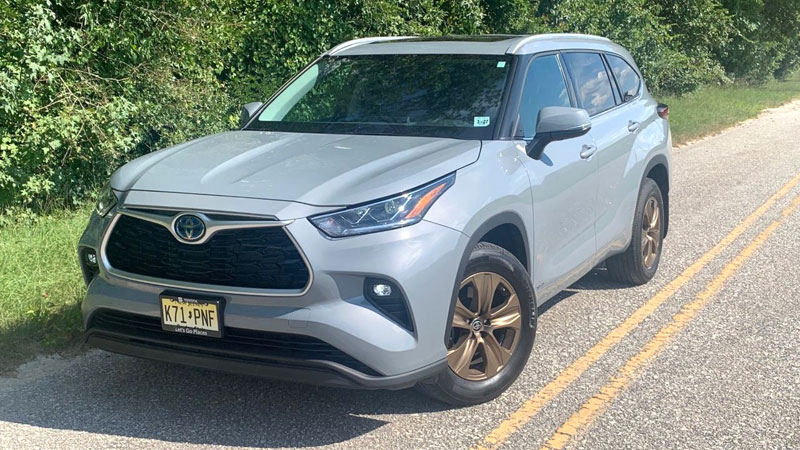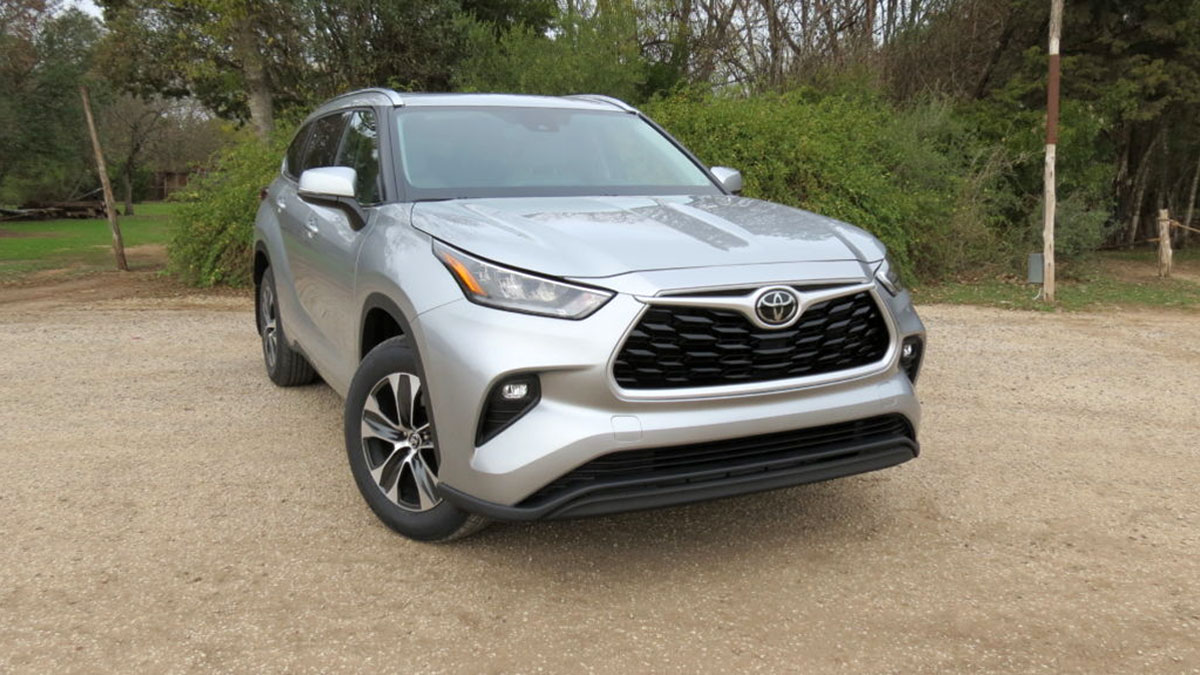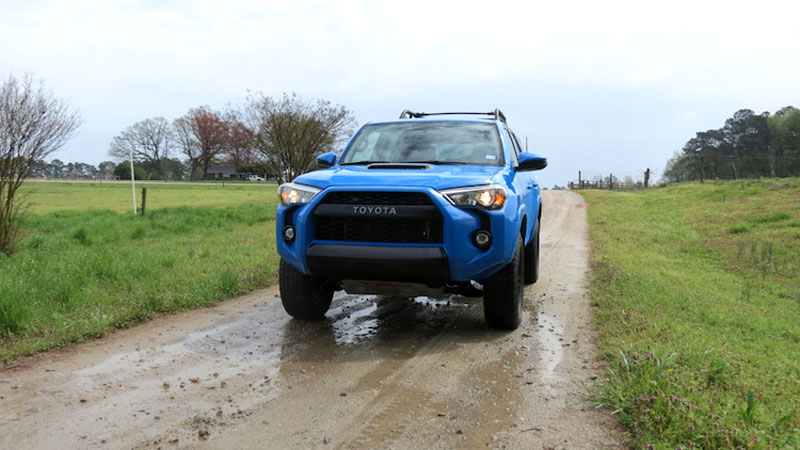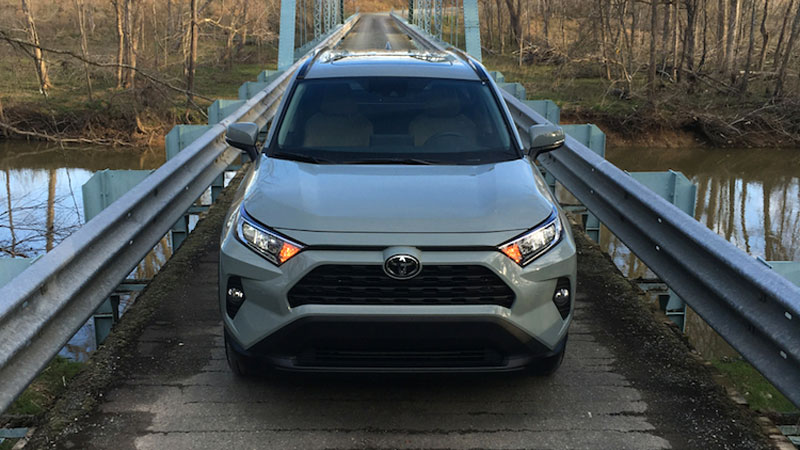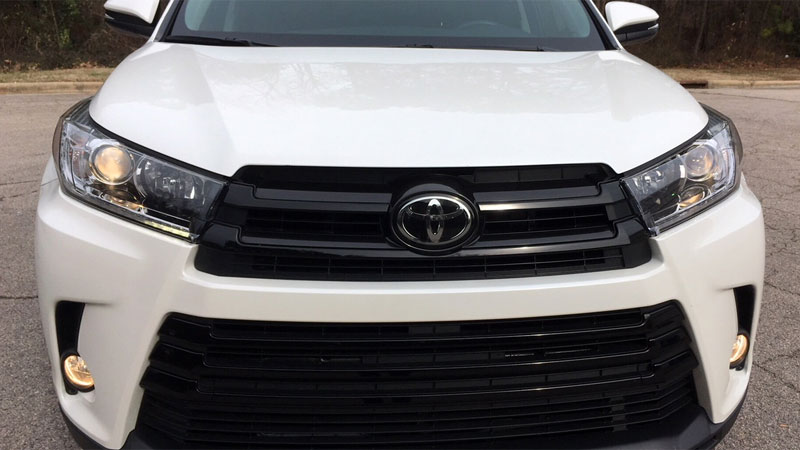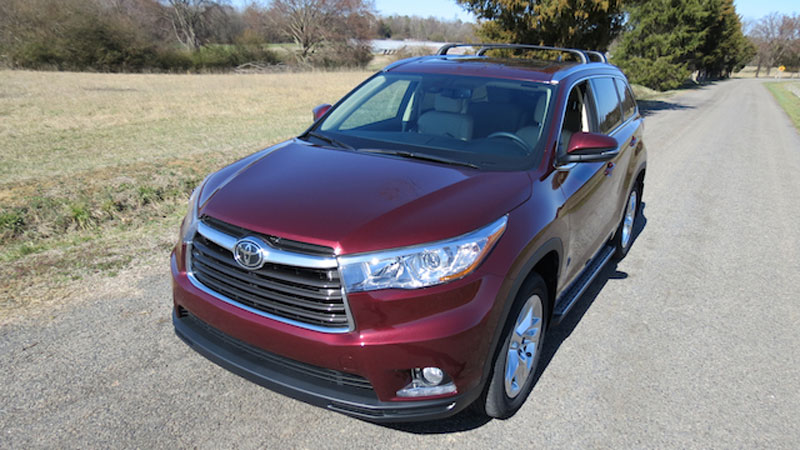2024 Toyota Grand Highlander: Supersizing Comfort and Convenience
The midsize crossover utility vehicle segment, especially those with three rows, is gaining traction as the go-to option for families. Known for their roomy interiors, efficient performance, and substantial cargo space, these vehicles are highly sought after. A common limitation, however, is the snug third row, often best suited for … Read more

